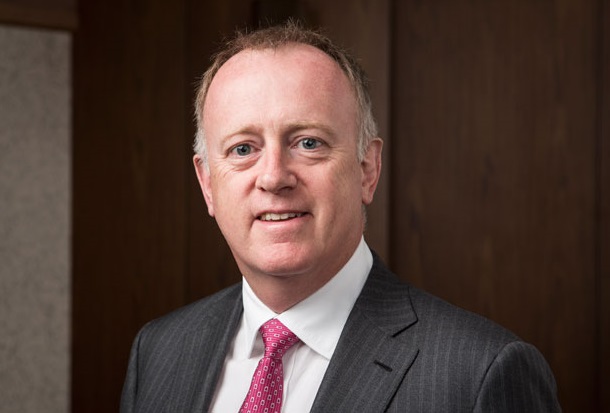
Success of the Lloyd’s market depends on Blueprint Two goals: John Neal
- Category: INTERNATIONAL
- Date: 27-01-2022
Ahead of the publication of the second edition of the Lloyd’s Blueprint Two Interactive Guide and roadmap, Chief Executive Officer (CEO) John Neal has stressed that the success of the Lloyd’s market depends on the effective implementation of this strategy.
 The
roadmap, due for public release tomorrow, runs from Q1 2022 through to
Q2 2024 and details when the Blueprint Two solutions and changes will be
delivered, the action the market needs to take to prepare for them, and
Lloyd’s plans to provide support through the digital transition.
The
roadmap, due for public release tomorrow, runs from Q1 2022 through to
Q2 2024 and details when the Blueprint Two solutions and changes will be
delivered, the action the market needs to take to prepare for them, and
Lloyd’s plans to provide support through the digital transition.
It provides a summary of the market milestones for the three key areas of open market, delegated authority and claims alongside the key actions that must be completed for digital adoption in 2024.
Specifically, these include mandatory transition requirements that must be integrated and adopted into digital strategies, as well as data standards targets and other important targets.
“2022 is an important year of change for our market, so it’s vital that organisations begin preparing to adopt the solutions,” Neal commented ahead of the launch of the second edition of the roadmap. “Our hope is that this detail allows everyone to prepare the ground within your own business to be ready as the solutions are rolled out, inspiring confidence in the significant change we’re delivering through Blueprint Two.”
Lloyd’s set out the next phase of its transformation plan with the release of its second blueprint for change back in November 2020, following the roll-out of the first blueprint in September 2019.
At the time, the re/insurance marketplace claimed that Blueprint Two would “redesign the entire insurance lifecycle process” from placement through to accounting, payment, endorsements, claims, renewals and reporting.
With the publication of this latest roadmap, Neal says that the detailed schedule of targets will enable Lloyd’s to “hold ourselves to account for deliverables over time.”
“What we wanted to do is really clearly set out what the next two and a half years look like,” Neal explained in a press briefing today. “We also wanted to tell the story through the eyes of the different parties that actually come to the market. So whether you’re a broker, or an underwriter, or a coverholder, or are writing claims, what does it mean for you, and what do the solutions look like?”
Market Transformation Director Bob James re-iterated that Lloyd’s would be held to account based on the dates laid out in the new roadmap, and noted that the organistion planned to “lean on the collaborative nature of the marketplace to make this all happen.”
“The second edition of the guide provides a two year view on deliverables, the timeline on those deliverables and what the market needs to do to get ready for them,” James stated. “So its not just about what we’re going to do, it’s about when we’re going to do it and how we have to all adapt to get ready for it.”
One of the headline figures that accompanied the original Blueprint Two announcement was the target of a £800 million aggregate reduction in operating costs for brokers, underwriters and business partners at Lloyd’s.
While Neal did not confirm whether Lloyd’s was still targeting this figure, he maintained that the cost of servicing policy issuance and claims related activity through the central platform will be reduced by at least 40% over the course of the roadmap.
“We’re going to do some more work through the balance of 2022 to look at what we think the deeper benefits are for both insurance and for brokers,” he noted. “Because we do fundamentally believe that revised technology … will bring around significant cost benefits … A lot of that work sits with the broker or sits with the insurer, but where we can where we can put our arms around our own cost structures, we’re saying they’ll reduce by at least 40%. It’s so important we do that, because one of the major issues that we must tackle to remain competitive is the cost of doing business. So more to follow on that through 2022.”
“I think the thing that’s the most important, and probably takes the most time and thought is making sure that all the relevant parties are joined up to make it happen,” James concurred.
“And I’d say that’s difficult. It’s just something that we really need to focus on. Otherwise, things will be built independently, that they may not fit together seamlessly, as we need them to.”
“We clearly need to engage very, very well with the market participants so they can understand what they need to do,” Neal concluded added. “Because there is a lot of work for the market to do as well. We’ll create the connecting opportunity, but clearly from a process and technology point of view, managing agents and insurers and brokers will need to think about what are the changes they will need to make to their own systems to maximize the value of the opportunity that’s been created for the marketplace as a whole?”
